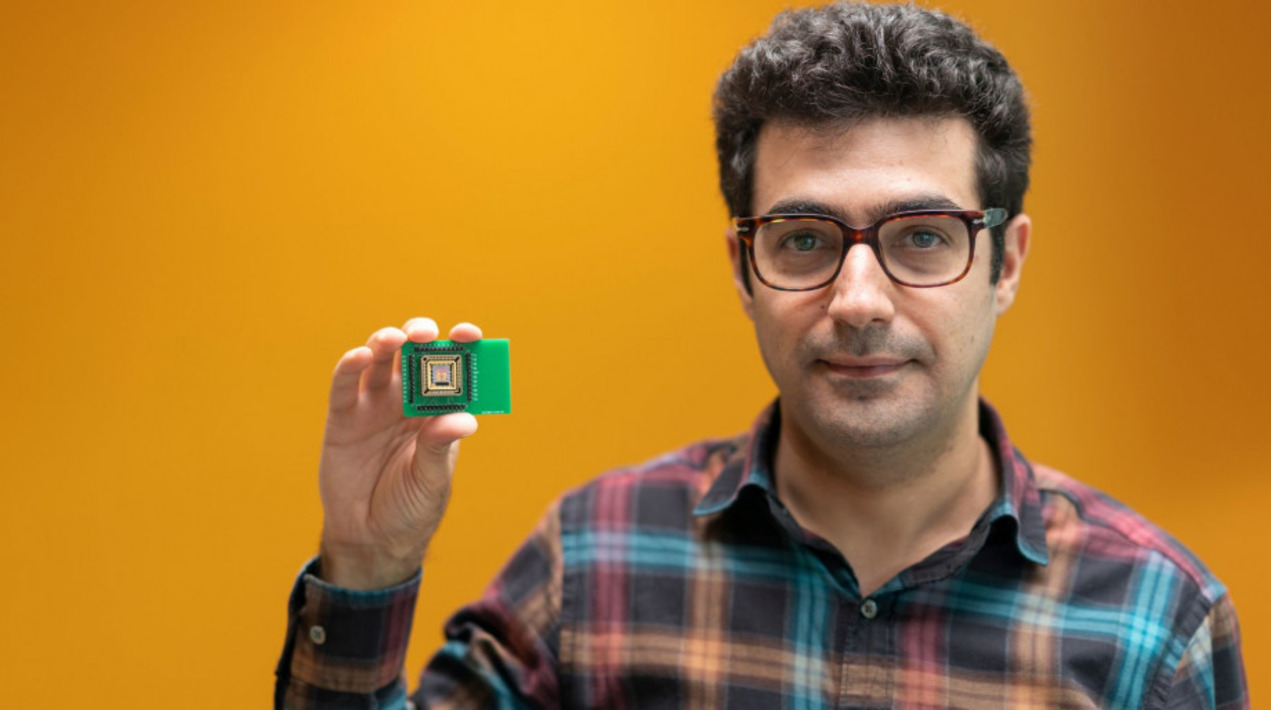
A new technology has been created by researchers that has the potential to introduce a thinner, higher-resolution, and more energy-efficient generation of screens and electronic devices.
A group of researchers from Nottingham Trent University in the United Kingdom, The Australian National University (ANU), and UNSW Canberra have produced nanoparticles known as “metasurfaces” that exhibit superior performance compared to current displays such as LCDs and LEDs.
While liquid crystal cells are used by LCDs and LEDs to generate visual displays on screens such as TVs, the metasurfaces were developed by the research team are 100 times slimmer than liquid crystal cells, provide a resolution ten times greater, and consume 50% less energy. The researchers are of the opinion that their technology is compatible with contemporary electronic displays.
Lead researcher Mohsen Rahmani, Professor of Engineering at Nottingham Trent University, stated that the way has been paved by the team for a technology barrier to be broken by substituting the liquid crystal layer in current displays with a metasurface, which makes it possible to create affordable flat screens that are free of liquid crystal.
Each of the most significant metrics of flat panel displays, including pixel size and resolution, weight, and power consumption, have been addressed by the team’s meta-display concept.
The new technology developed by the researchers could potentially result in a significant reduction in energy consumption, which is excellent news considering the widespread use of monitors and TV sets in households and businesses every day. It is believed by the researchers that LCD and LED displays should be phased out similarly to former cathode ray tube (CRT) TVs over the past ten to 20 years.
Dragomir Neshev, Director of the ARC Centre for Excellence in Transformative Meta-Optical Systems (TMOS) and ANU Professor in Physics stated that multiple constraints have led to the likelihood that the capacity of conventional displays has peaked and is improbable to experience significant enhancement in the future.
Currently, there is a search for solid-state flat display technology that is fully equipped with high resolution and fast refresh rate. Metasurface pixels that have been designed and developed by the researchers have the potential to be an excellent candidate for the next-generation display.
In contrast to liquid crystals, the pixels developed by the researchers do not require polarized lights for functioning, resulting in a 50% reduction in energy consumption of screens.
Khosro Zangeneh Kamali, a PhD scholar at ANU and the first author of the study stated that the metasurfaces were exhibted extraordinary optical behaviour. However, developing a reliable method to control the pixels is still an area of significant research. The researchers have proposed electrically programmable silicon metasurfaces as a flexible platform for programmable metasurfaces.
According to Dr. Lei Xu, a member of the research team from Nottingham Trent University, using artificial intelligence and machine learning techniques for designing and implementing even smaller, thinner, and more efficient metasurface displays has significant potential for further improvement.
Professor Andrey Miroshnichenko, a member of the research team from UNSW Canberra, stated that the pixels are made of silicon, which offers a longer lifespan when compared to organic materials utilized in other existing alternatives. Additionally, silicon is readily available, CMOS-compatible with mature technology, and inexpensive to produce.
According to Professor Miroshnichenko, the research team aspires for their development to produce a pioneering technology in new flat displays with a global market value of around US$117 billion in 2020.
The research has been documented in the journal Light: Science & Applications.
















